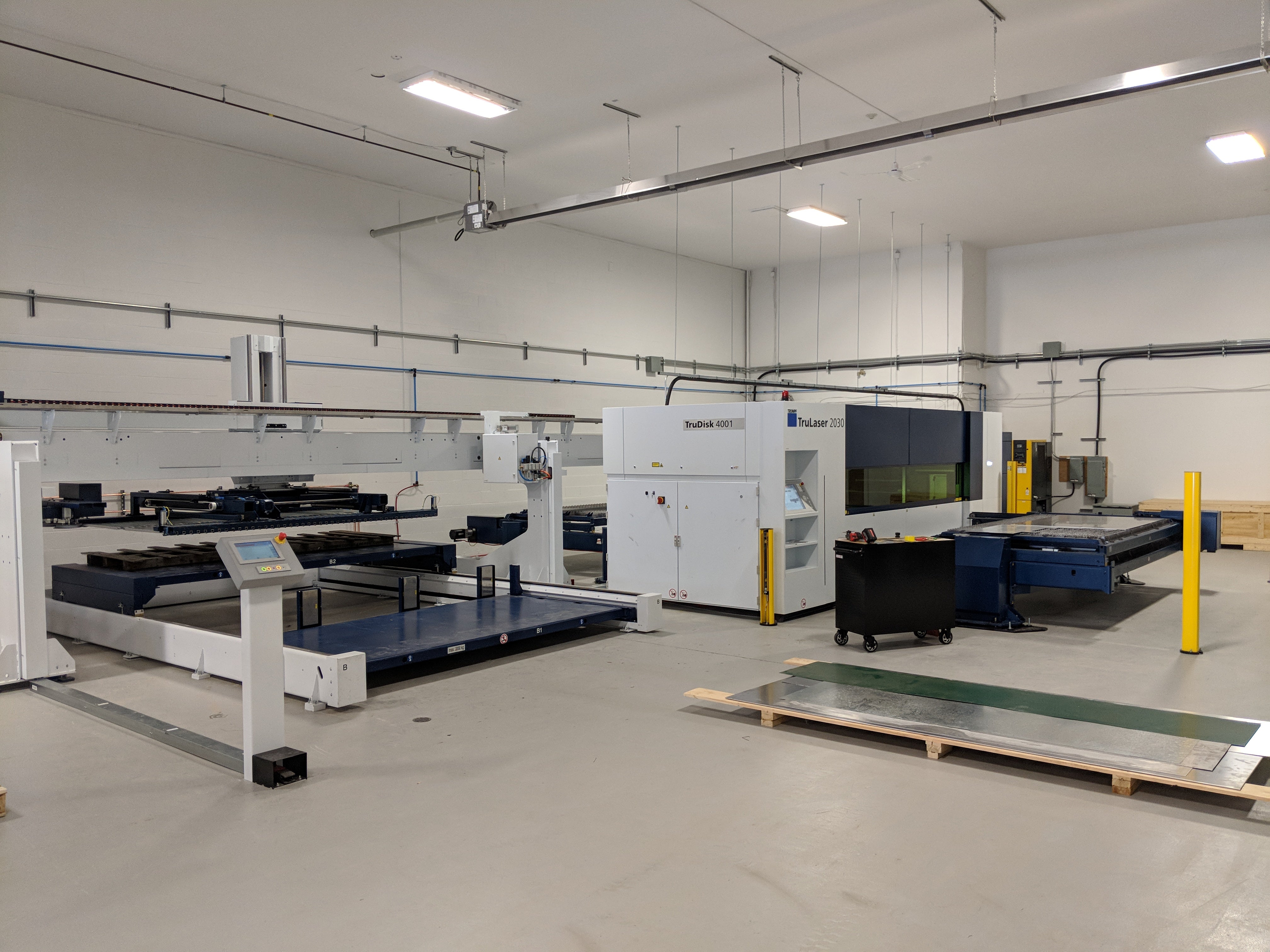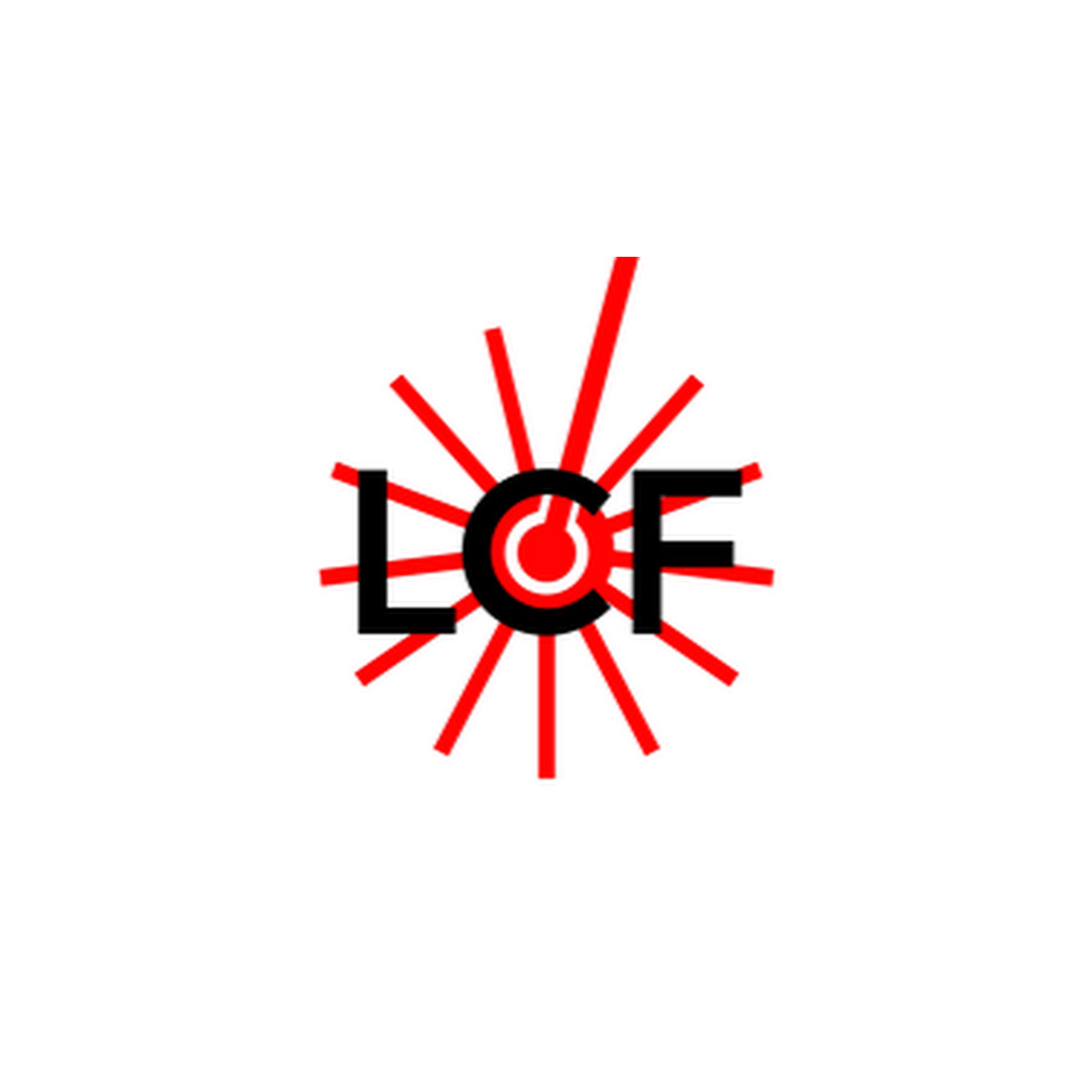Cutting Through the Differences: Fiber Laser, Plasma, and Waterjet in Sheet Metal Fabrication

Introduction:
Sheet metal fabrication is a crucial aspect of many industries, from furniture, construction material, automotive, to aerospace. The choice of cutting technology can significantly impact the efficiency, precision, and cost-effectiveness of the fabrication process. In this blog, we'll explore the differences between three popular cutting methods: fiber laser, plasma, and waterjet.
Fiber Laser Cutting:
Fiber laser cutting has gained immense popularity in recent years due to its high precision and speed. The process involves using a high-powered laser beam focused through a fiber optic cable to melt or vaporize the material. This method is ideal for thin to medium-thickness sheets and offers exceptional accuracy, producing clean and smooth edges. Fiber lasers are known for their speed, making them a preferred choice for high-volume production. The fibre laser's precision allows for intricate cuts with minimal waste, maximizing material utilization and reducing overall production costs.
Advantages:
- High precision and accuracy.
- Excellent cutting speed.
- Minimal heat-affected zone.
Plasma Cutting:
Plasma cutting has been a staple in sheet metal fabrication for decades. This method utilizes a high-temperature, ionized gas (plasma) to melt and expel material from the workpiece. Plasma cutting is versatile and effective, suitable for a wide range of materials and thicknesses. While it may not provide the same level of precision as fiber lasers, plasma cutting excels in handling thicker sheets and is a cost-effective option for many applications.
Advantages:
- Versatile and suitable for various materials.
- Effective for thicker sheets.
- Cost-effective for certain applications.
Waterjet Cutting:
Waterjet cutting employs a high-pressure stream of water mixed with abrasive particles to cut through materials. This method is renowned for its ability to handle a diverse range of materials, including metals, composites, and even reflective surfaces. Waterjet cutting is a cold cutting process, meaning it produces minimal heat, reducing the risk of material distortion. It is particularly useful for structural steel cutting and materials sensitive to high temperatures. Also, not sure how exposing steel to water affects it.
Advantages:
- Versatile across different materials.
- Cold cutting process, reducing heat-affected zone.
- Ideal for structural thicker metal.
Environmental considerations:
In the realm of metal fabrication, environmental considerations have become increasingly pivotal, urging the industry to adopt sustainable practices without compromising efficiency. Amidst various cutting methods, fibre lasers emerge as a frontrunner, offering a distinct advantage in terms of eco-friendliness. Unlike traditional cutting processes, fibre lasers produce minimal heat and waste during the fabrication of sheet metal, significantly reducing the environmental impact. This efficiency not only aligns with the broader trend toward green manufacturing but also contributes to cost savings by optimizing material usage. As the manufacturing landscape continues to evolve, the adoption of fibre lasers exemplifies a strategic move towards achieving both environmental sustainability and operational excellence in metal fabrication.
Conclusion:
When selecting the ideal cutting method for sheet metal fabrication, considerations such as material type, thickness, precision requirements, and budget come into play. Opting for fibre laser cutting proves to be a superior choice, delivering unmatched precision and speed for thin to medium-thickness sheets with the added advantage of being environmentally friendly. On the other hand, plasma cutting stands out for its versatility and cost-effectiveness. Waterjet cutting, with its cold cutting process, becomes the preferred option for structural applications and materials sensitive to heat. By comprehending the distinctive strengths of each method, fabricators can make well-informed decisions tailored to the specific needs of their projects, achieving a harmonious balance between cost-effectiveness and environmental considerations.

